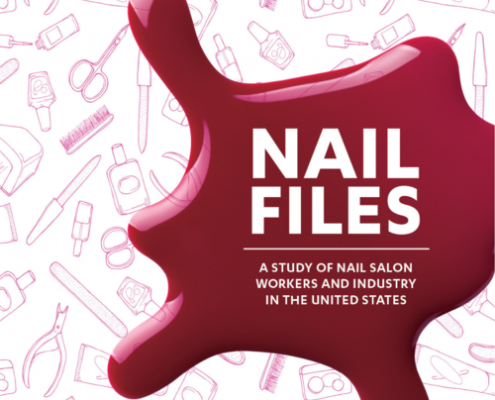Posts

UCLA California Policy Lab’s Latest Policy Brief Highlights the Difficulties CA. Workers Continue to Experience as the Economy Re-Opens
The UCLA California Policy Lab has released their fourth policy…

Nail Files: Low-Wage Work in the National Nail Salon Sector
By Preeti Sharma, Saba Waheed, and Vina Nguyen With the…

